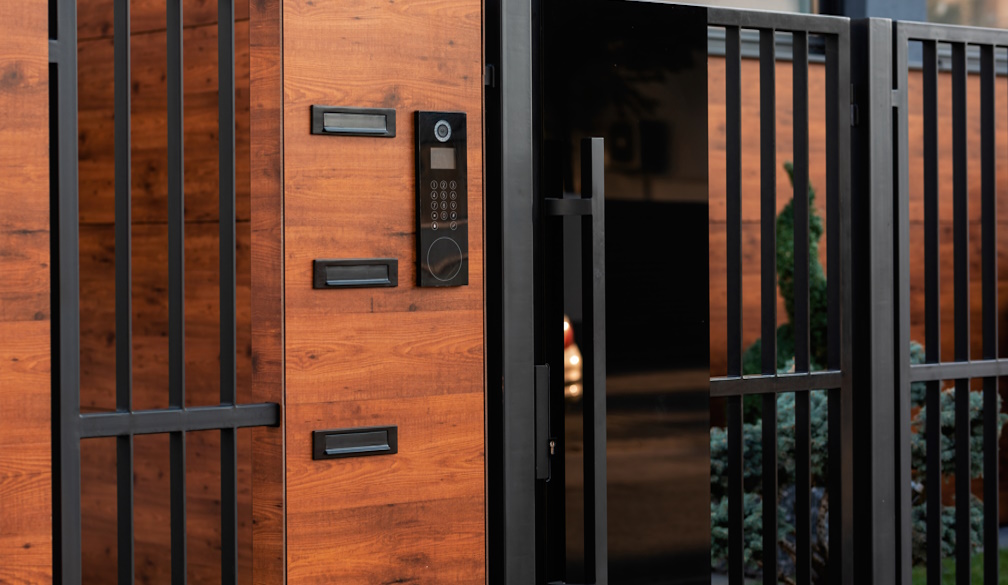Why Security Fencing Is a Critical Investment for Homes and Businesses

source
In today’s world, where safety and privacy are top priorities for both residential and commercial property owners, one solution continues to prove essential—security fencing. More than just a physical barrier, it serves as the first line of defence against unauthorised access, theft, vandalism, and even visual intrusion. Whether you own a home, operate a business, or manage an industrial facility, the benefits of installing reliable fencing are hard to overlook.
The Purpose Behind Security Fencing
The primary function of security fencing is to protect people, property, and assets. But unlike decorative fencing or simple boundary markers, this type of fencing is engineered with security in mind. It’s designed to deter, delay, and prevent access from those who do not belong on your property.
Security fences can range from basic steel mesh to high-security palisade systems with anti-climb designs. Depending on the level of threat and the nature of the property being protected, the specifications of security fencing will vary—but the goal remains the same: to make access as difficult as possible for intruders while allowing ease of use for authorised individuals.
Common Places Where Security Fencing Is Used
Security fencing is commonly found in commercial, industrial, government, and educational environments. Businesses use it to secure warehouses, factories, and office parks. Schools and universities use fencing to restrict entry to students and staff only. Government buildings and military facilities rely on more sophisticated systems, often enhanced with technology like CCTV, motion sensors, and access control.
However, it’s not only institutions that benefit. Many homeowners in suburban and rural areas are turning to security fencing to protect their families, pets, and property. With options now available that balance strength and style, it’s possible to secure your home without sacrificing curb appeal.
Different Types of Security Fencing
Choosing the right kind of security fencing depends on a variety of factors, including the level of security needed, the budget, and the aesthetics of the environment. Some popular options include chain-link fencing, tubular steel fencing, and welded mesh panels. For high-risk zones, electric fencing and razor wire can be added to enhance deterrence.
Chain-link fencing is popular for its affordability and visibility, making it suitable for sports facilities and schools. Tubular steel is often chosen for its clean look and robust strength, ideal for both homes and businesses. Welded mesh panels offer a more refined appearance with a high level of protection, frequently used in government and industrial applications.
Benefits of Installing Security Fencing
One of the most significant advantages of security fencing is peace of mind. Knowing that your home or workplace is secured reduces stress and the risk of loss or damage. But the benefits go beyond just protection.
Fencing also acts as a clear visual cue that the property is guarded. It discourages casual trespassers and sends a strong message to would-be intruders that accessing your space won’t be easy. In many cases, this visual deterrent alone is enough to prevent security breaches.
Additionally, security fencing helps with liability. For businesses, this means restricting access to dangerous areas, ensuring compliance with workplace safety standards, and protecting the public. For homeowners, fencing can keep children and pets safe within the property while keeping potential hazards—like pools or driveways—away from public access.
Combining Fencing With Modern Security Systems
Modern security isn’t just physical—it’s also digital. Many property owners are now integrating security fencing with smart surveillance systems. This includes motion sensors, alarms, intercoms, and CCTV cameras that trigger alerts when the fence is tampered with.
When used together, physical fencing and digital monitoring create a comprehensive security solution. This combination provides layered protection, making it more difficult for intruders to find vulnerabilities in the system.
Choosing the Right Contractor for Security Fencing
Just as important as choosing the right fencing material is selecting the right professional to install it. Proper installation ensures the fence does its job effectively and complies with local laws or zoning restrictions.
An experienced contractor will assess your site’s layout, understand your security needs, and recommend the most appropriate type of security fencing. They’ll also ensure the fence is installed with precision—aligned, secured, and reinforced where needed.
It’s also worth considering long-term maintenance. A good fencing contractor can offer warranties and ongoing service agreements to keep your security fencing in peak condition for years.
Environmental and Aesthetic Considerations
Security doesn’t have to come at the cost of aesthetics. Today’s fencing solutions come in various finishes, colours, and designs to blend with surrounding architecture or natural landscapes. Powder-coated options, for example, offer rust resistance and a modern appearance.
Environmental impact is also a growing concern. Many manufacturers now use recyclable materials and eco-friendly coatings in their security fencing products, helping property owners make sustainable choices without compromising on safety.
Final Thoughts on the Importance of Security Fencing
In an age where security threats are increasingly unpredictable, making proactive choices to protect your space is essential. Whether you’re safeguarding your home, school, warehouse, or workplace, security fencing offers a robust, reliable, and cost-effective solution.
It not only helps prevent unwanted access but also enhances your overall security infrastructure. With options available to suit various budgets and designs, there’s no reason to leave your property vulnerable. Investing in high-quality security fencing is a smart move—for safety, peace of mind, and long-term property value.










